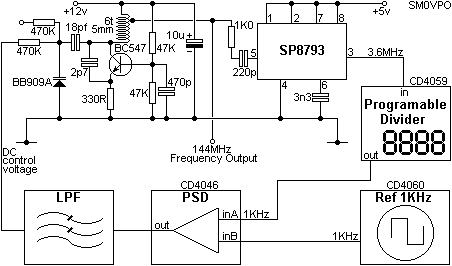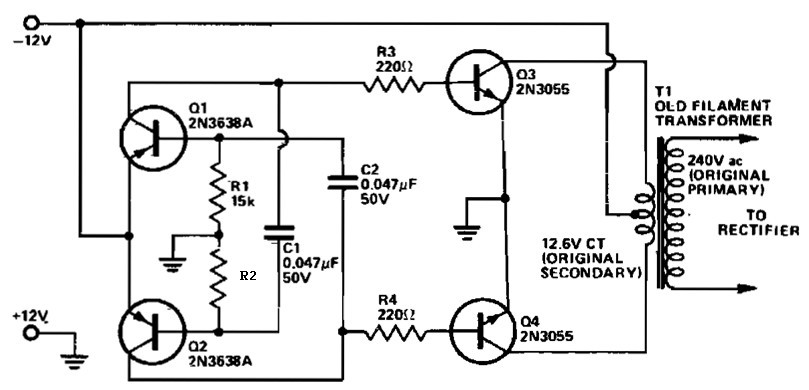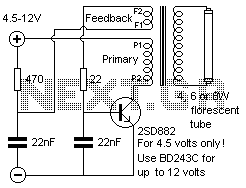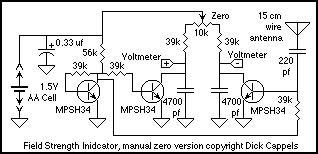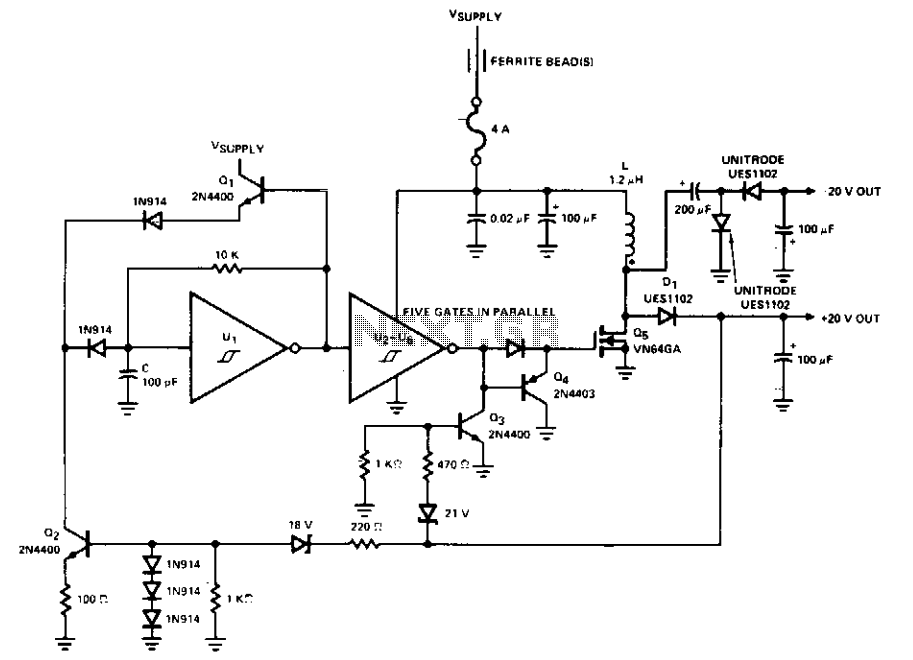
Inverter size strength
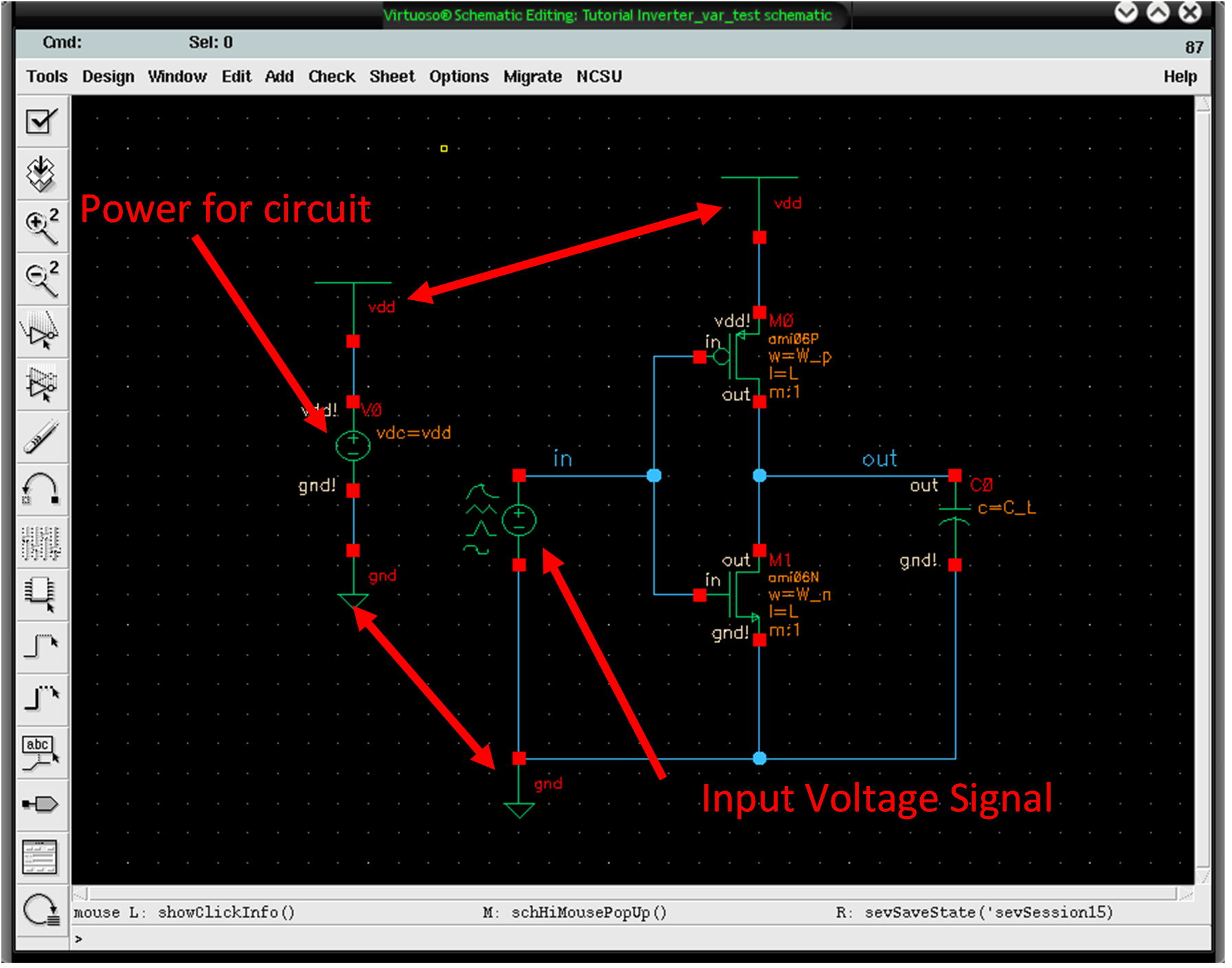
The differences in strengths between PMOS and NMOS transistors can be observed through a simple test by gradually increasing the input voltage and noting the point at which the output voltage changes from 5V to 0V. To conduct this test, access the cell named Inverter_var_test and open the schematic view. The circuit comprises an inverter along with several voltage sources: one supplying power to the circuit (V0) and another providing the input signal (v1). Next, navigate to the Tools menu located in the top left corner and select Analog Environment, which will open a new window. The simulation can be initiated by either selecting Simulation and then Netlist and Run, or by directly clicking on the Netlist and Run button. During the simulation, an Output Log will appear detailing the process, and upon completion, an Output Waveform window will display the input and output waveforms. As the input voltage to the inverter circuit increases, the output voltage will switch from 5V to 0V, indicating a transition from a binary 1 to a binary 0. It is important to note that the transition point does not occur at the midpoint of the input range. This phenomenon is attributed to the NMOS transistor turning on more robustly than the PMOS transistor turns off, which is reflected in the NMOS resistance being lower than that of the PMOS. The precise switching value is indicated by the In->Out Cross (V) output, which is 2.164V.
The described circuit is a basic CMOS inverter consisting of a PMOS and an NMOS transistor. The PMOS transistor is connected to the positive supply voltage (V0), while the NMOS is connected to ground. When the input voltage (v1) is low, the PMOS transistor is turned on, allowing current to flow from V0 to the output, resulting in a high output voltage (5V). Conversely, when the input voltage is high, the NMOS transistor is activated, pulling the output voltage to ground (0V).
The testing procedure involves ramping the input voltage and monitoring the output voltage transition. The simulation environment provides a platform to visualize this behavior through waveforms, allowing for an analysis of the inverter's characteristics. The output waveform illustrates the inverter's logic level conversion, where the output voltage transitions from high to low as the input crosses the threshold voltage, which is found to be 2.164V in this case. This value indicates the point at which the NMOS begins to dominate the behavior of the inverter, emphasizing the difference in switching characteristics between the two types of transistors.
Understanding these characteristics is crucial for designing effective digital circuits that utilize CMOS technology, as it allows engineers to predict how the inverter will behave under various input conditions and optimize the performance of integrated circuits.The different strengths between the PMOS and NMOS transistors can be observed through a simple test of ramping up the input voltage an observing the point at which the output voltage will switch from 5V to 0V. To perform this test, click on the cell named Inverter_var_test and open the schematic view (refer to Screenshot 5).
You will notice that the circuit now consists of the inverter with some voltage sources, one providing power to the circuit (V0), one providing the input signal (v1). Now click on the Tools menu up in the top left hand corner. Then select Analog Environment and a new window will open up (refer to Screenshot 6). Now you will need to run the simulation. This is done vie either clicking on Simulation and selecting Netlist and Run or by clicking directly on the Netlist and Run button (refer to Screenshot 9).
The simulation will open up an Output Log (refer to screenshot 10) detailing the simulation while the simulation runs, and once the simulation finishes, an Output Waveform window will appear with the input and output waveforms (refer to screenshot 11). From this window (refer to screenshot 11) you will notice that as the input voltage to the inverter circuit is increased the output voltage will switch from 5V to 0V, representing a switch from a 1 value to a 0 value.
You will notice however, that the point that the output switches is not at the middle of the input range. As mentioned before, this is due to the fact the NMOS switching on more strongly than the PMOS switches off, represented as the NMOS resistance being smaller than the PMOS resistance.
The exact switching value is provided by the In->Out Cross (V) output to be 2. 164V. 🔗 External reference
The described circuit is a basic CMOS inverter consisting of a PMOS and an NMOS transistor. The PMOS transistor is connected to the positive supply voltage (V0), while the NMOS is connected to ground. When the input voltage (v1) is low, the PMOS transistor is turned on, allowing current to flow from V0 to the output, resulting in a high output voltage (5V). Conversely, when the input voltage is high, the NMOS transistor is activated, pulling the output voltage to ground (0V).
The testing procedure involves ramping the input voltage and monitoring the output voltage transition. The simulation environment provides a platform to visualize this behavior through waveforms, allowing for an analysis of the inverter's characteristics. The output waveform illustrates the inverter's logic level conversion, where the output voltage transitions from high to low as the input crosses the threshold voltage, which is found to be 2.164V in this case. This value indicates the point at which the NMOS begins to dominate the behavior of the inverter, emphasizing the difference in switching characteristics between the two types of transistors.
Understanding these characteristics is crucial for designing effective digital circuits that utilize CMOS technology, as it allows engineers to predict how the inverter will behave under various input conditions and optimize the performance of integrated circuits.The different strengths between the PMOS and NMOS transistors can be observed through a simple test of ramping up the input voltage an observing the point at which the output voltage will switch from 5V to 0V. To perform this test, click on the cell named Inverter_var_test and open the schematic view (refer to Screenshot 5).
You will notice that the circuit now consists of the inverter with some voltage sources, one providing power to the circuit (V0), one providing the input signal (v1). Now click on the Tools menu up in the top left hand corner. Then select Analog Environment and a new window will open up (refer to Screenshot 6). Now you will need to run the simulation. This is done vie either clicking on Simulation and selecting Netlist and Run or by clicking directly on the Netlist and Run button (refer to Screenshot 9).
The simulation will open up an Output Log (refer to screenshot 10) detailing the simulation while the simulation runs, and once the simulation finishes, an Output Waveform window will appear with the input and output waveforms (refer to screenshot 11). From this window (refer to screenshot 11) you will notice that as the input voltage to the inverter circuit is increased the output voltage will switch from 5V to 0V, representing a switch from a 1 value to a 0 value.
You will notice however, that the point that the output switches is not at the middle of the input range. As mentioned before, this is due to the fact the NMOS switching on more strongly than the PMOS switches off, represented as the NMOS resistance being smaller than the PMOS resistance.
The exact switching value is provided by the In->Out Cross (V) output to be 2. 164V. 🔗 External reference

